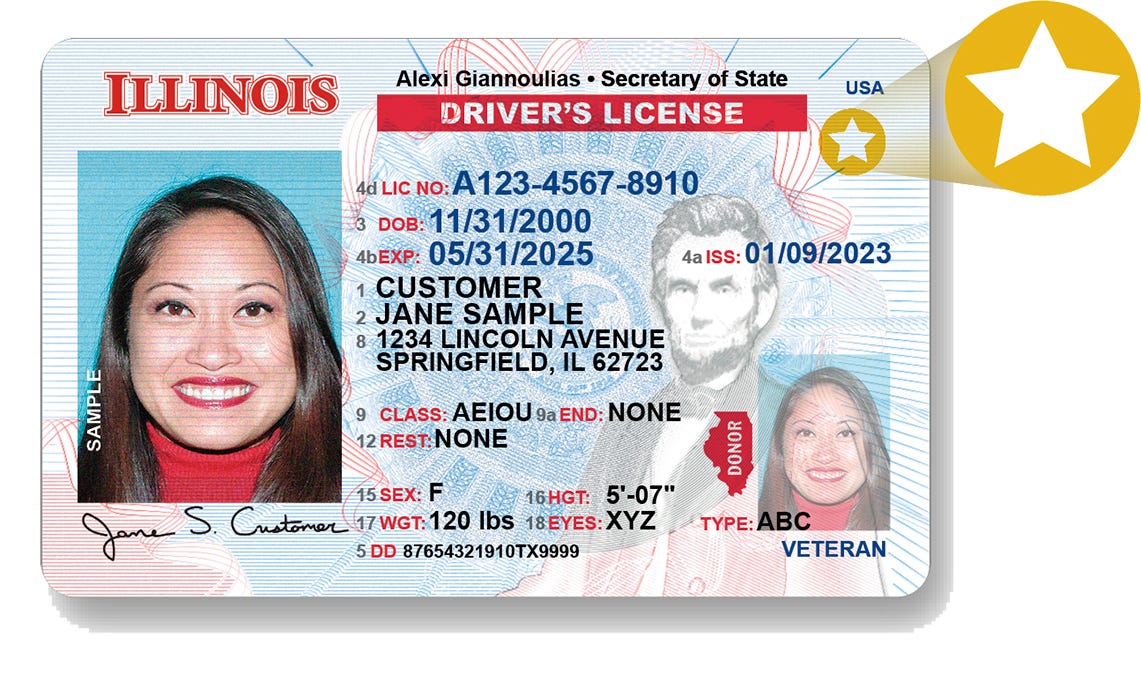Starting on May 7th of 2025, if you are over 18 you will need to provide more proof of identification in order to fly domestically than just a regular driver’s license, such as a passport or a Real ID.
Real IDs are a form of federally accepted identification, marked by a gold star on the top right side of your state issued driver's license. To get a Real ID on your driver’s license, you must go to the driver’s license facility and provide proof of identity (passport, birth certificate, etc.), proof of Social Security number (Social Security card, W-2, pay stub, etc.), and two proofs of residency (bank statement, mail, utility bill, etc.). Typically, they will also need proof of signature, which can be found on your driver’s license or debit/credit card. No photocopies are allowed, so be sure to bring in original documents.
The cost of a Real ID is the same as renewing a license. Similarly to a renewed license, it can take up to two weeks to receive your new license with the gold star. Real IDs aren’t required to drive, vote, or prove citizenship. It’s simply used as a form of identification to fly on commercial planes domestically. A Real ID can’t be used in substitution for a passport. If you are flying outside of the United States, you’ll still need a passport. After May 7th you will need a Real ID to enter federal buildings.
The Real ID Act passed in 2005 after the attacks on 9/11 to provide extra measure of security. Initially, this requirement was supposed to go into effect in 2020, but the Department of Homeland Security extended it a number of times due to the pandemic. Due to the many extensions, people have forgotten about the requirement until recently with the deadline quickly approaching.
However, states have been issuing Real IDs for years now. If you have recently renewed or gotten a new license, it’s likely you already have a Real ID. If you’re planning on flying this summer and don't have a Real ID or passport, it would be wise to start the process of getting one soon to avoid the surge of applicants. For further information, please visit the Department of Homeland Security or the Illinois Secretary of State websites.


